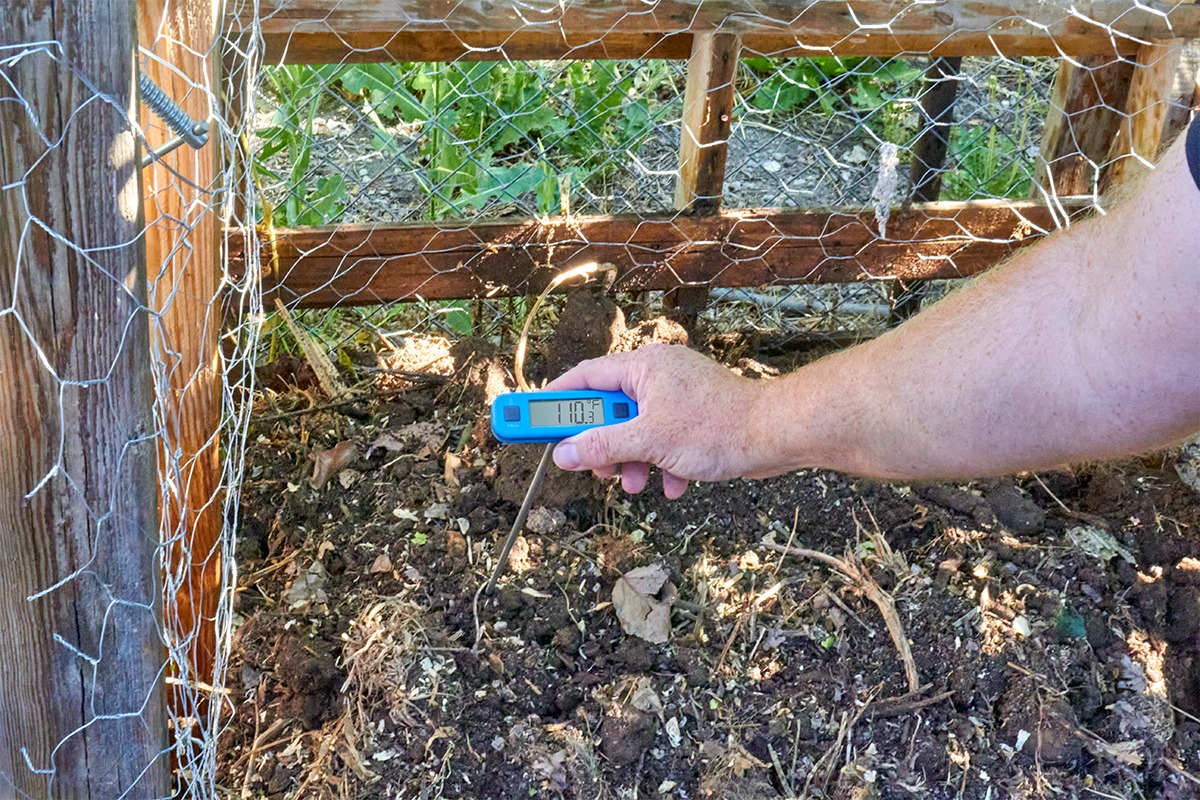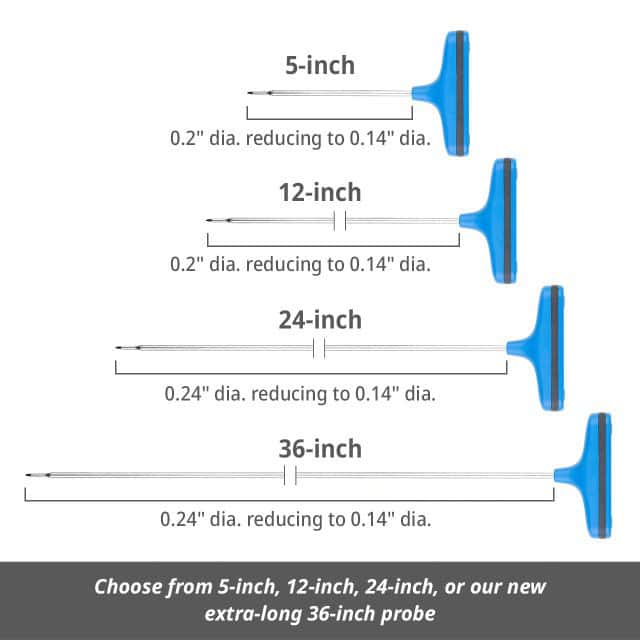Compost Temperature Guide: Tips and Tools
Serious gardeners need compost. The nutrients that plants pull from the ground every year need to be replenished for maximum growth and production, and one of the best ways to amend the soil is with compost. Of course, you can buy compost, but why not make it if you have the space? After all, it’s just properly-decomposed plant waste—hardly worth paying good money for, if you can have it for free! But making compost properly is a temperature-sensitive game, one that our thermal tools can certainly help with. Here we’ll explore compost temperatures and the tools you can use to make sure your heap is running right.
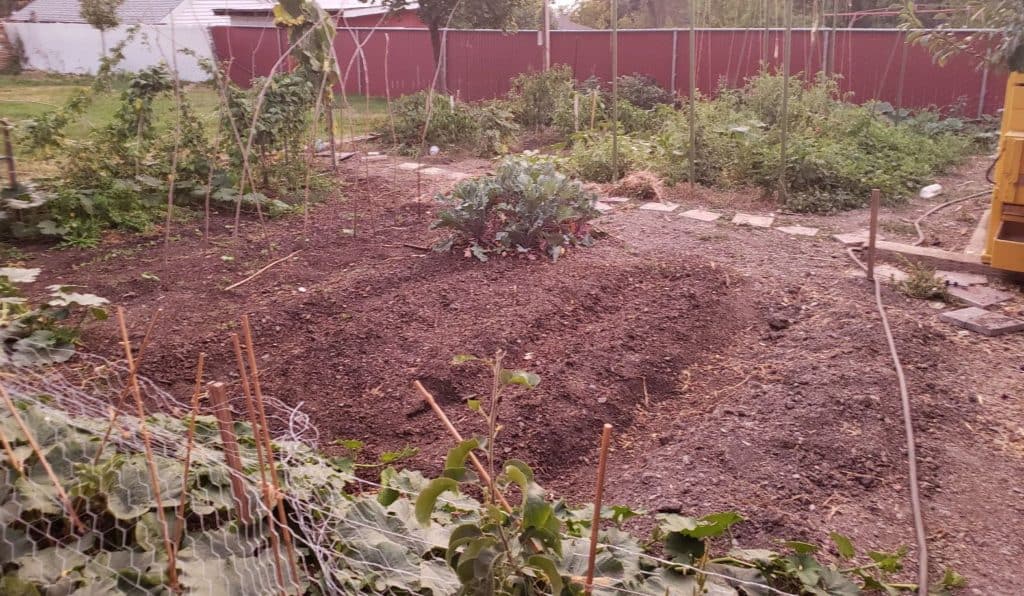
What is compost, and why should I care?
Composting is, in essence, the careful decomposition of organic matter. Put more technically, it is “the aerobic, or oxygen-requiring, decomposition of organic materials by microorganisms under controlled conditions.”1 Plant parts are broken down by the action of bacteria and other organisms, such as fungi, worms, and various arthropods. The result is beautifully textured, nutrient-rich soil that can reinvigorate a flagging garden.
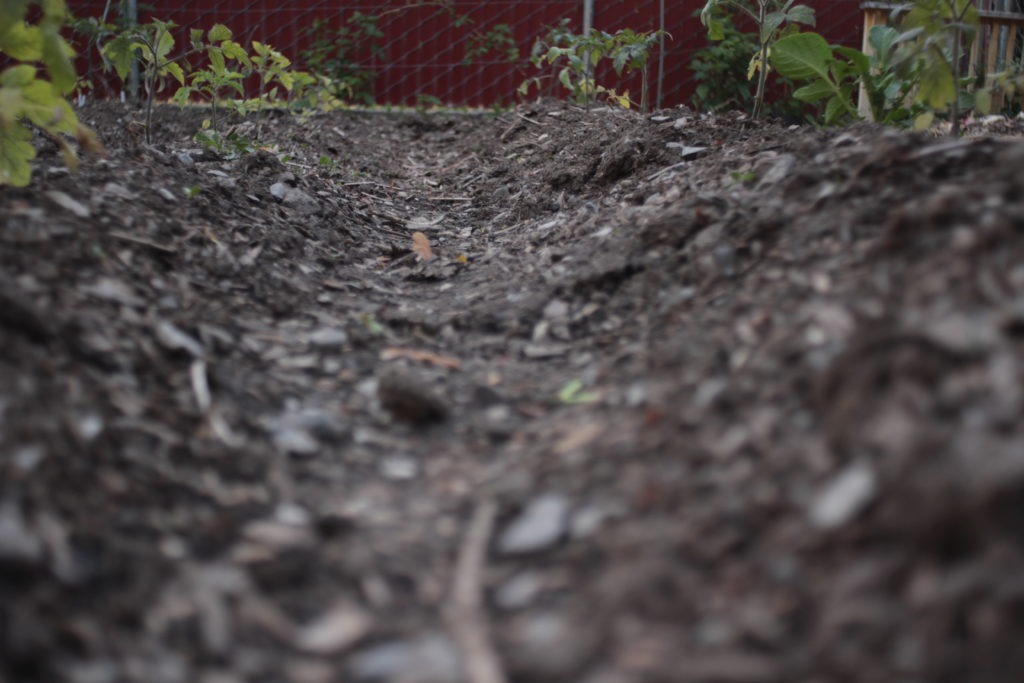
As the bacteria and fungi go to work on the plant matter, they create heat and carbon dioxide as byproducts, and that heat is part of what makes compost so wonderful. A properly aerated compost pile (or bin, or whatever) can generate enough heat to kill harmful pathogens, fly larvae, and even weed seeds that get mixed in with the compost. So you can pull your weeds and send them to the heap, knowing that their spawn will be deactivated and turned into usable soil for you!
You put in trimmings from your cooking and waste from your yard. As long as you give it enough air and water, it will generate enough heat to make clean, rich fertilizer for your flower or food gardens. For free.
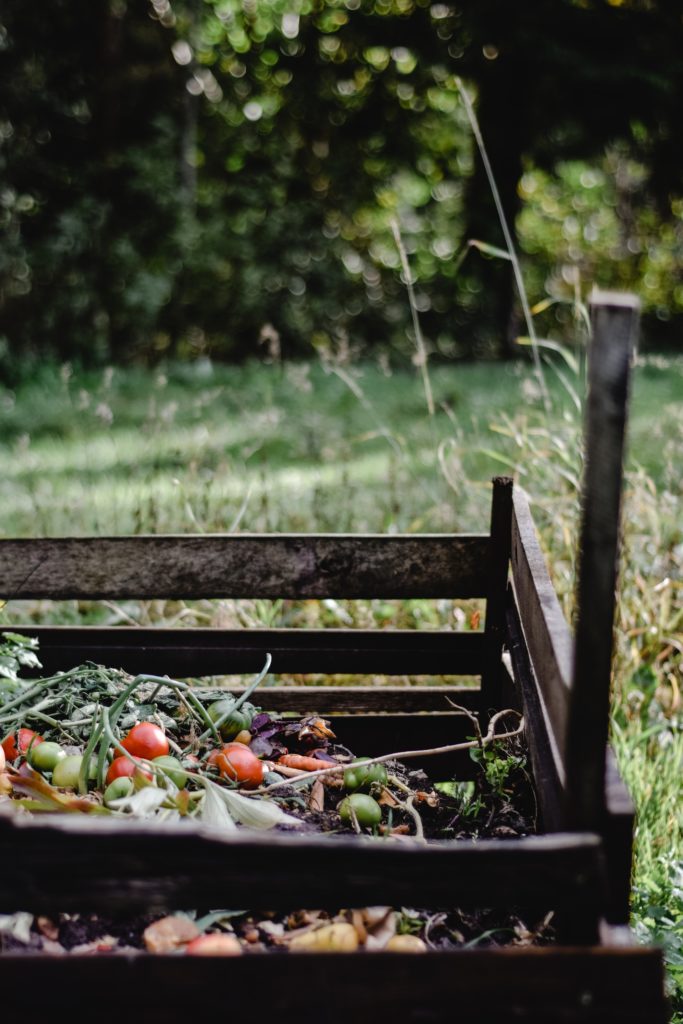
What temperature does compost need to be?
For compost piles to function properly they need air and water, and temperature is a great way to make sure that your pile has both. The bacteria that operate in a compost pile work in two ranges, mesophilic and thermophilic2. Mesophilic (“medium [temperature] loving”) composting happens between 50 and 105°F (10 and 41°C), while thermophilic (“heat loving”) happens above 105°F (41°C). Different bacteria are active in each range of composting, with the thermophilic bacteria taking over once the mesophilic bacteria warm the heap up enough.
What is the best garden and compost thermometer?
If your compost pile is heating, that means it’s working, so knowing its temperature can help you run it more efficiently. If it’s too hot, you need to introduce more carbon, or turn the pile. If it’s too cold, you need to add more nitrogen, or add water, or, maybe, turn the pile for another reason.
And that’s where a thermometer comes in. A waterproof, rugged, and accurate thermometer like T-Grip™ is perfect for your monitoring the temperature in your compost pile. T-Grip is accurate to ±0.9°F (±0.5°C), far more accurate (and with tenth-of-degree resolution) than standard garden dial thermometers. And its rugged, waterproof construction means you can leave it in the heap to constantly take temperatures and record the minimum and maximum, in addition to the current temp. With lengths from 5 to 36 inches available, you can get one that is right for your garden.
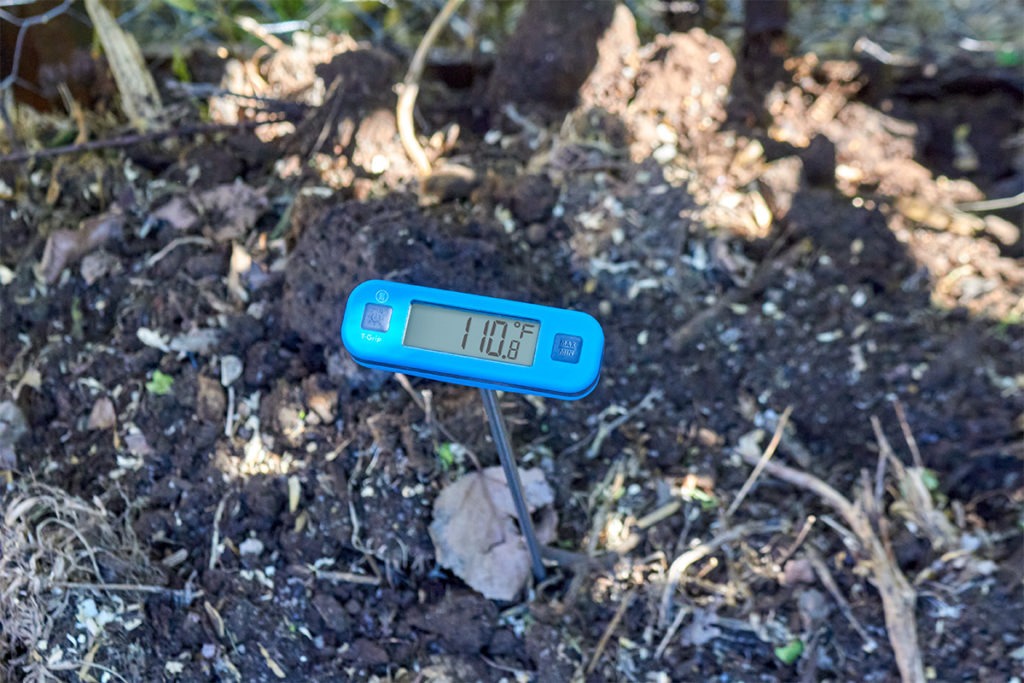
By reading both the current temperature as well as the highest and lowest temperatures that the probe has experienced, you can track your compost’s progress throughout the day, week, or even month. Properly aerated, turned, and moistened waste can turn into beautiful, rich compost in as little as one or two months, while a poorly managed pile can take up to two years to completely compost your materials. Using a quality thermometer that can stand up to the elements and give you the information you need will help you become a composting pro in no time. And from there, a beautiful and delicious garden is much more easily within reach.
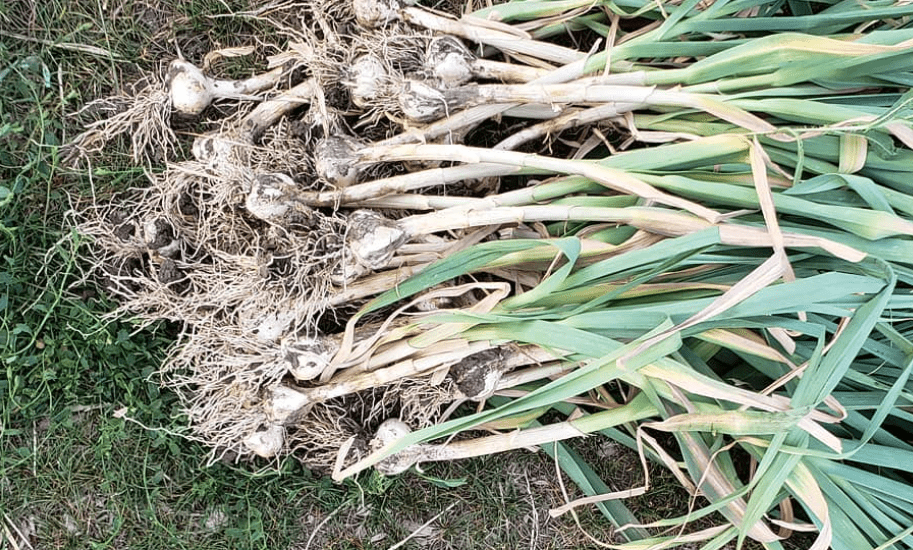
More on composting
How to properly build a compost heap, when to turn it, and what you should and should not put in it is not our specialty, but the thermal matters of that heap are. To learn more about how to compost, with a particular eye to your climate and geography, we recommend you check with your local agricultural extension. They will have plenty of research-based information on composting.
Shop now for products used in this post:
Sources and notes:
1Definition presented at https://extension.usu.edu/yardandgarden/research/backyard-composting-in-utah All of our info in this blog post is based on research-backed information from the USU Extension service.
2 Yes, like cheese!


